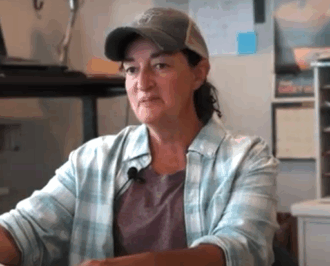Running a farm isn’t just about getting through the day—it’s about building a business model that can adapt and thrive for decades. At Flat Rock Dairy in Paulding, Ohio, Gretl Schlatter has seen her operation grow from 80 cows to 350. But she’s quick to point out that growth alone isn’t the goal. She emphasizes the importance of calculated growth and smart technology adoption to provide her operation with the resilience it needs to remain competitive as the industry evolves.
Each phase of farming brings unique challenges that require flexibility and a long-term perspective. “I don’t know that it was harder during the early years than it is today,” says Schlatter. In the beginning, farmers learn to adapt to the disappointment of interrupted plans due to unexpected market shifts—and those skills remain essential as the farm grows.
When deciding whether to scale up, or how, by making appropriate investments in labor, technology or facilities, Schlatter encourages farmers to ask hard questions about sustainability, relevance, and the expected return on chosen investment. Through training offered by Ohio State University Extension, she’s found valuable opportunities that helped her and others make decisions that strengthen their operations and weather tough seasons.
With thoughtful planning, responsible financial management, and a willingness to grow with intention, farmers can position their businesses to succeed for years to come.
This video is one in a series produced by SARE titled Practical Tips for Beginning Farmers. Based on their own experiences when starting out, farmers from across the country share advice about common challenges facing beginning farmers in today's agriculture. To view the entire series, visit www.sare.org/resources/practical-tips-for-beginning-farmers/.
For information on grants and resources available from SARE, visit www.sare.org.
